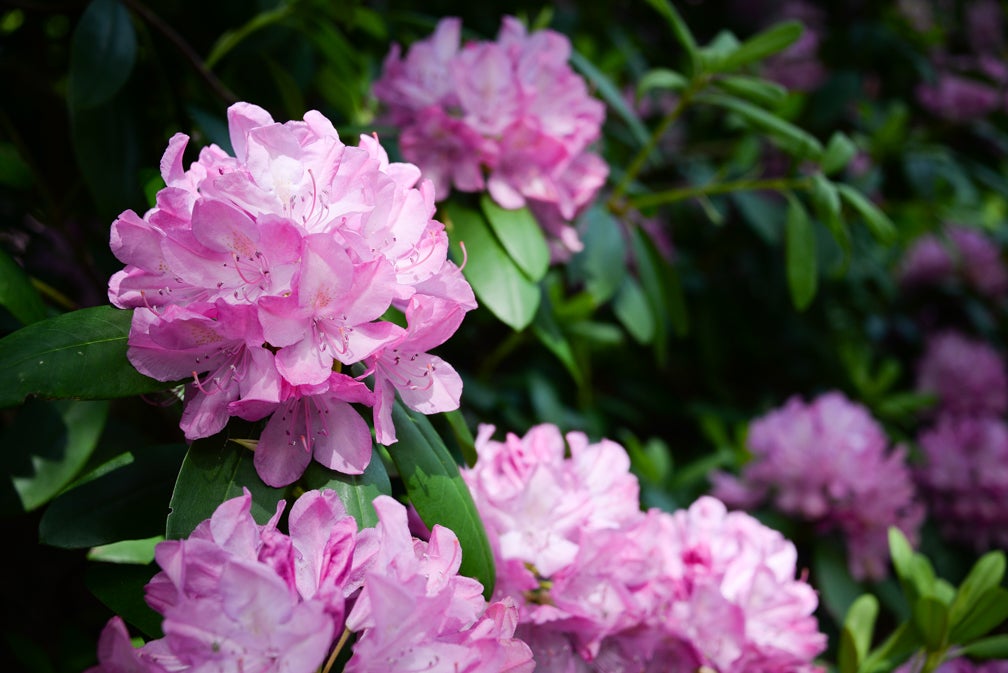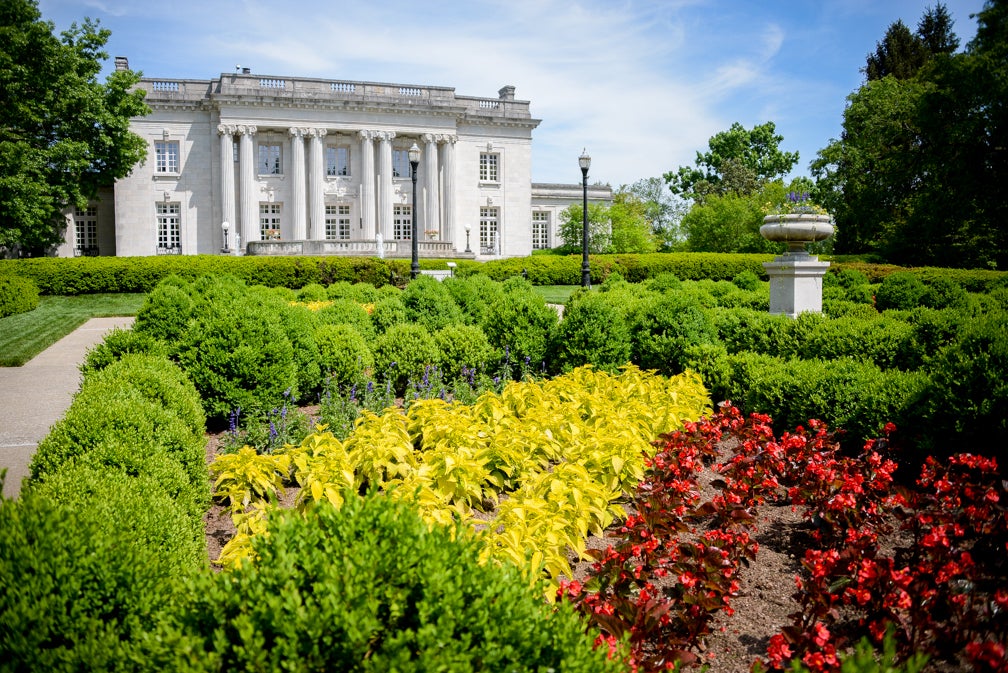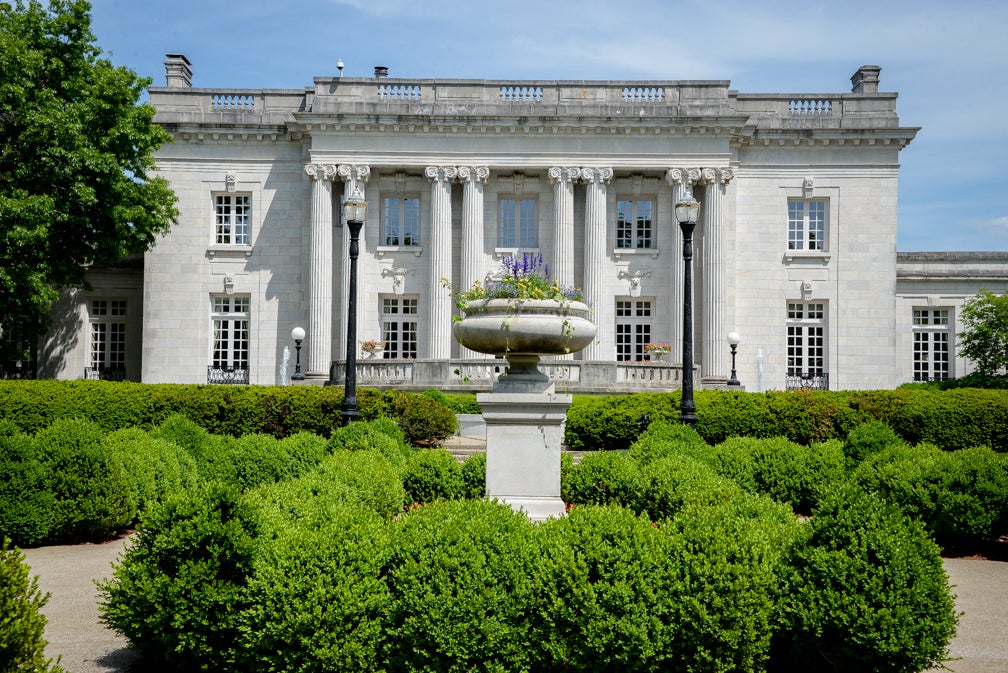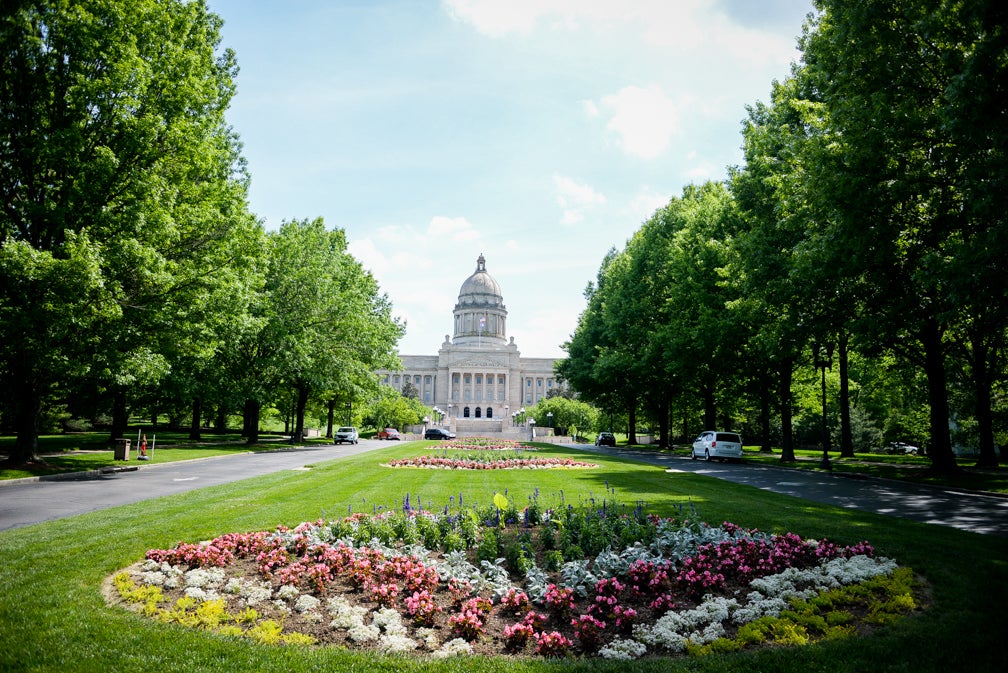By McKenna Horsley
Harper Smith, a landscaper and gardener for Kentucky’s Capitol, said that working on the Capitol’s floral clock is “back-breaking,” but has its rewards.
The floral clock at the Kentucky State Capitol is 34 feet across and is fixated above a small pool of water near the Capitol Annex on Capital Avenue. It’s hour hand is about 15 feet long and the minute hand is about 20 feet long. The clock also has a hidden flower bed behind it. Former Gov. Bert Combs dedicated the clock in 1961 for $50,000. Smith, who has been a landscaper and gardener for the Capitol on and off for 38 years, said the clock hands were painted gold for the clock’s 50th anniversary.
Kentucky’s floral clock is one of a few clocks around the world. Niagara Falls, Vienna, Edinburgh and more also have floral clocks according to orangesmile.com.
Combs commissioned the clock after seeing the one in Edinburgh, according to Atlas Obsucra, a guidebook and travel website. However, most floral clocks are built into land, not suspended over a pond like the Kentucky floral clock.
One of the Capitol grounds’ landscape consultants Tim Depenbrock is also part of the team that annually works on the floral clock. He started working on the grounds about 19 years ago. He said that Capitol groundskeepers, usually a group of eight, try to plant flowers in the clock starting in the third week of April, with the planting taking a day of work, and aim to finish all planting of annual flowers on the grounds by Derby weekend. He said that while planting annuals across Capitol grounds happens around this time as well, the clock is a priority.
“It is unique because there is so much to be done here,” Depenbrock said.
Both Depenbrock and Smith said that planting the floral clock requires agile workers, as the clock is slanted and off the ground. Depenbrock said that workers use ramps and some of the stepping stones on the clock, which are the letters to spell “Kentucky” and stars, to climb onto the face of the clock. He added that because of the slant, soil tends to collect at the bottom of the clock face. Workers also have to turn off the clock’s motorized hands.
Smith said that planting the clock is also dependent on weather. If the ground is wet from rain, it is more unsafe to climb the clock, he said.
Maintenance for the clock is year-round. By midsummer, the clock is full of foliage, Depenbrock said. In the winter, the clock is decorated with holiday decorations. Smith said that himself and other groundskeepers also have to regularly water plants and prevent weeds from growing on the clock face. Depenbrock said that fountain maintenance for the clock’s pool is also required from time to time.
In recent years, Capitol grounds workers use different designs on the clock each year. In the past, some designs have covered the stepping stones on the clock face. When creating designs for the clock, a team of workers start planning about eight months before the planting season. Depenbrock said designs may even have a few edits on the day of planting as workers get on the clock and see the face in front of them.
Depenbrock said that sometimes people will ask him what the next design will look like and he usually asks them what they would like to see and use their input. He said that one of the clock’s challenges is trying to stay “fresh while using the same canvas every year.” This year’s design is tidy and simple, he said. More complicated designs require employees to trim plants every few weeks to keep its shape.
Ageratum artist blue is one of the varieties of plants used in this year’s design, as well as Alternanthera, which is a “bullet-proof” plant that is hard to over or under water while providing reliable foliage, Depenbrock said. The number of plants used is hard to estimate, as workers do not count as they plant, he said. The clock sign next to the clock estimates that 13,000 plants were used, but the sign is out-dated and is based on a time when designs were consistent each year, he said.
When it was first erected, the floral clock had some controversy, Depenbrock said, because of the costly figure behind it. According to AtlasObsurca, the floral clock was also a topic in the gubernatorial election in 1963, as former Gov. Happy Chandler criticized Combs for wasting taxpayer money to build the clock. Chandler dubbed the clock “Weed Clock” and said, “Well, they don’t say it’s half past two in Frankfort anymore. They say it’s two petunias past the jimson weed.”
Depenbrock said that the clock has become a popular tourist attraction for Capitol visitors over the years. Some choose to drive by quickly while others stop to take a photo with and walk around the clock, getting a close look at the plants. He said the latter visitors get a better deal that way. Smith said he appreciates the reaction of visitors when they see the clock and compliment it.
For some local Frankfort residents, the clock has become a backdrop for prom and other special occasion photos.
“Everybody asks about the clock when they come to town. They want to know where it is,” Smith said.


























